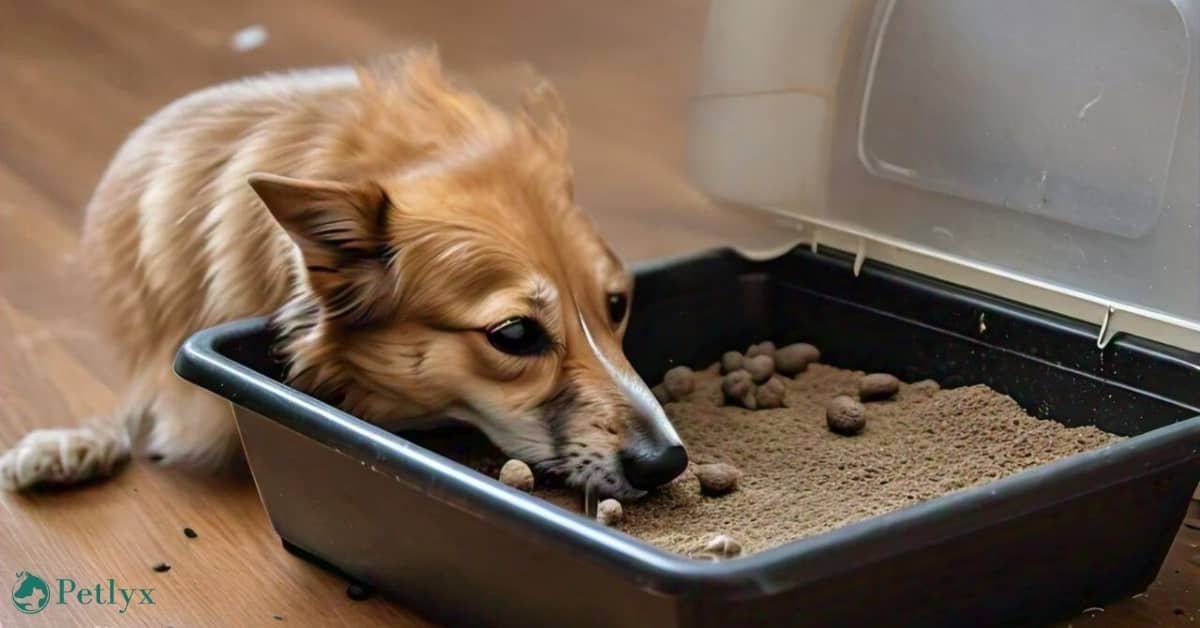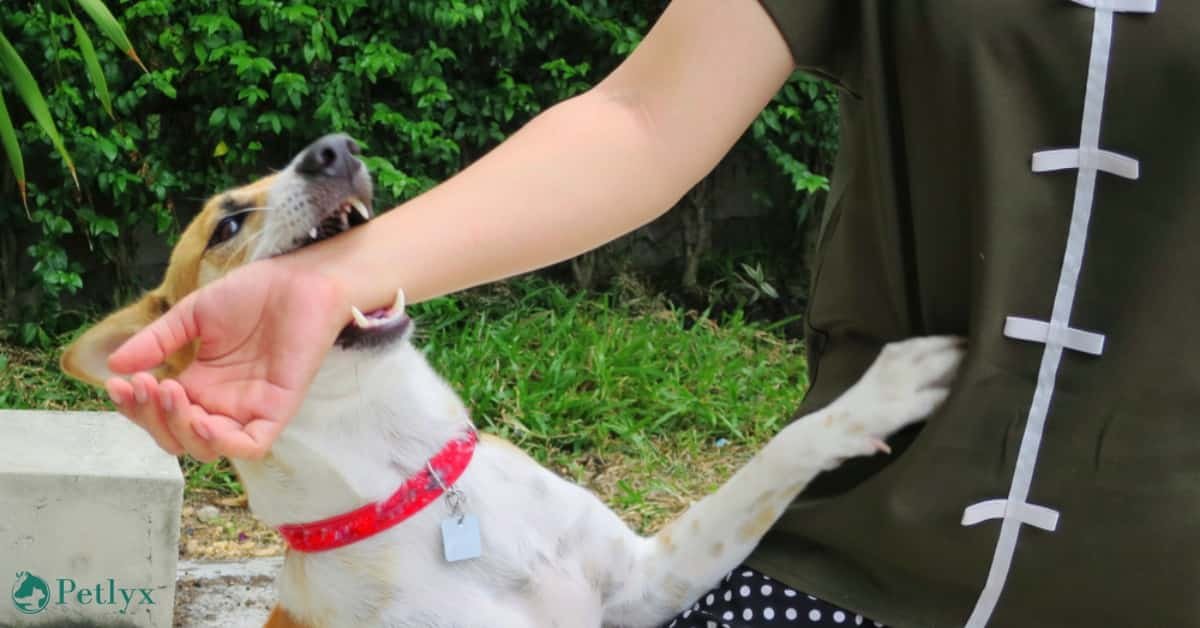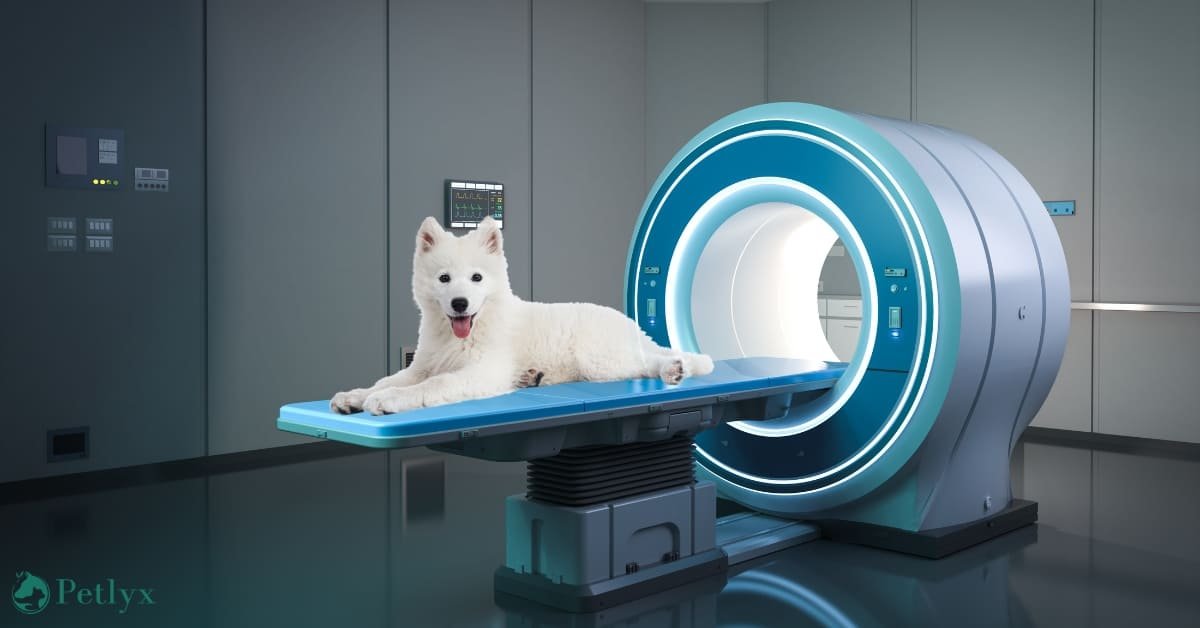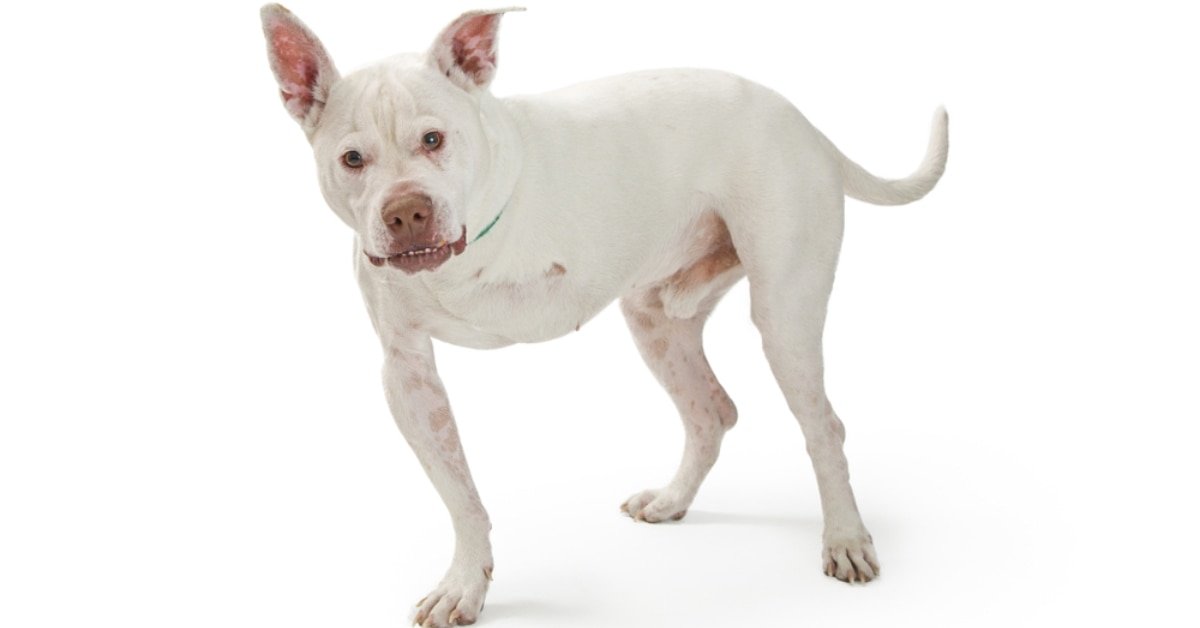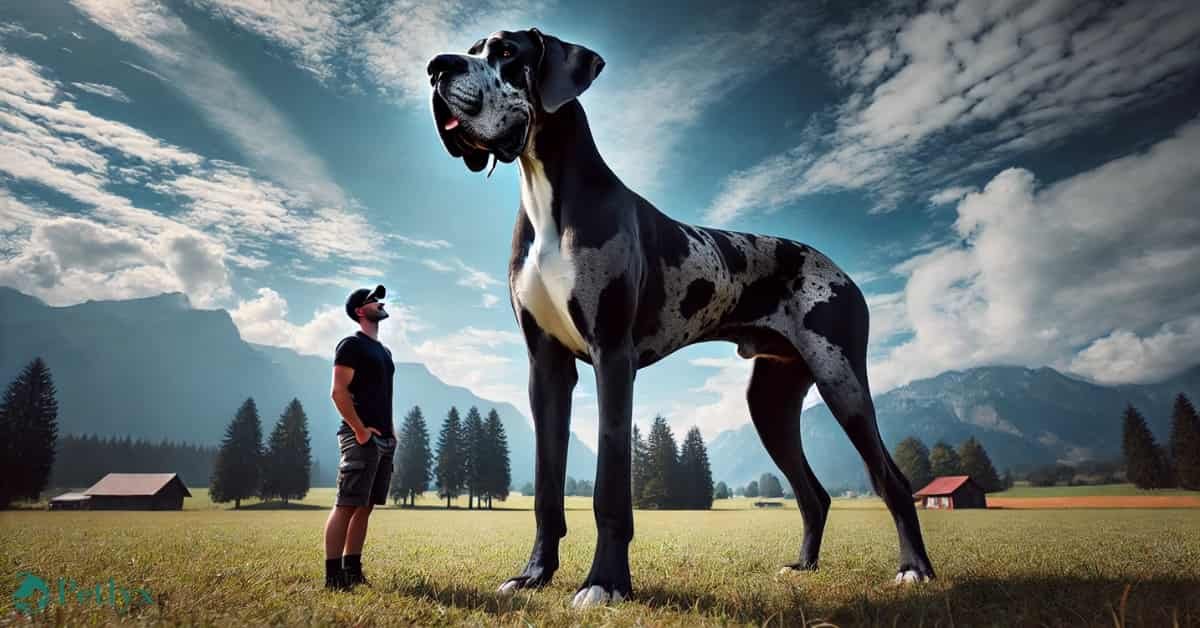As a pet owner, caring for your dog’s welfare comes first. In some cases, when your canine companion is sick or injured, the vet may suggest a CT scan or other advanced imaging technology. But how much does it cost to perform CT scans on dogs and what does the procedure involve? In this article, we will provide all the relevant details on the cost, indication, and process of performing a dog CT scan.
What Is A CT Scan?
A CT scan is also known as a CAT scan. It entails a number of X-ray images of your dog’s internal organs taken from different angles to create a detailed cross-sectional image. CT Scans provide clearer more detailed images and help identify abnormalities like tumors that aren’t visible on ordinary X-rays. CT scans are often used to identify growths in parts such as the lungs, abdomen, spine, and head.
The Need for a CT Scan For Dogs
CT scans are usually done for the following reasons:
- Headaches, odd behavior, neurological signs, or convulsions
- Presence of tumors or other mass formations
- Bone, joint, or spinal issues
- Jaw or dental problems
- Asthma or other lung issues
- Obstructions or the insertion of foreign substances
The CT scan provides detailed and clearer images than the X-ray, thus leading to better diagnosis and treatment methods.
How Much Does A CT Scan Cost For A Dog
Dog CT scans cost anywhere between $500 – $2500 which depends on various circumstances including the following.
1. Type of Location and the Veterinary place
It all depends on the geographic location where pet care is provided. Prices are usually higher in urbanized areas and specialist animal hospitals, while they are lower in smaller rural clinics.
2. Type of Scanning Requires.
The areas of the CT scan focus on directly influence the price. Generally, the broader the area scanned, the more expensive it is — for example, a complete body scan will usually be more expensive than one focused on just the head or abdomen.
3. Sedation and Anesthesia
In order for your dog to remain still during the CT scans, you may need to consider using general anesthesia or sedation for your pet. This form of sedation is determined by the size of your dog as well as its health and stress. This makes the cost go up.
4. Specialist Veterinary fees
In certain instances, CT scans could require a specialist medical officer such as a veterinary radiologist to understand the scans more effectively. But, professionals incur additional costs while providing their services which is usually the case with specialists.
5. Further Tests and treatments
Other conditions may compel patients to undergo further tests in addition to the CT scan, blood tests and MRIs for example, which can make the fees go up.
Can I sign up for Pet Insurance?
Certain pet insurance policies undoubtedly cover procedures like a CT scan; however, this will depend on the pet policy you hold. In case you have coverage for permits, you might want to inquire with your insurance on the extent of coverage the scan equals. Insurance is good for patients with unexpected examinations, making it good to obtain insurance coverage if the procedures planned are complicated, like a CT scan.
What Can You Expect During the CT Scan Of Your Dog
Do not panic if your veterinarian recommends a CT Scan for your canine friend. Since
1. Pre-Scan Process
Your veterinarian or technician will usually tell you to refrain from offering your pooch any solids or liquids a couple of hours before the scan. The main reason behind this is that CT scan procedures usually require either general anesthesia or some sort of sedative.
2. Using a General Anesthetic or Sedation
Sedation in the form of anesthesia. To perform the scan, your vet has to make sure your dog does not move and remains still which is why sedation is necessary. Monitoring your dog’s heart rate, breathing, etc. is a must, and a professional would do that.
3. Going Through the CT Scan Process
The scanner entails a CT view that needs to be examined, which requires your pet to be in a calm state and placed on the CT bed. This whole process does not take much time, it typically can take anywhere around 10 minutes to 30 minutes completely depending upon the area being scanned.
4. Post CT Scan
Your pooch will be awakened after a CT scan along with sedation and will be monitored during the whole process of waking up. It usually takes a couple of hours for the dog to get over the effects of the anesthesia, and the veterinarian will recommend necessary precautionary steps for taking care of your canine friend after bringing them home.
5. Receiving Results
More often than not, results from the scan will be available in some days. Unless a specialist is reviewing the scan(s), in which case, the time taken will be longer. Your veterinarian will explain the results to you as well as the measures to be taken according to them.
Are There Alternatives to a CT Scan?
Well, in some cases, CT may be substituted with MRI or ultrasound. Each imaging modality has its advantages. MRIs are routinely used to image soft tissue and the brain, while ultrasound is best for imaging organs and tissues in real-time. Therefore, your vet will choose the best option depending on your dog’s symptoms and health conditions.
Making the Decision: Is a CT Scan Worth It?
The dog CT scan can enhance expenses to a greater degree, but it can also assist in making precise diagnoses of con-joined health challenges. If there is a dilemma, talk to your vet about the positive and negative merits of a CT scan so as to make and be confident about a decision. They can assist you in evaluating the diagnostic significance of having a CT scan performed against the expenses incurred for that purpose.
Conclusion
Veterinarians can use a CT scan to identify health issues which might not be visible using other techniques. A dog CT scan is likely to be expensive, but it helps one understand the well-being of one’s pet better which would help with handling the pet. If funds are an issue, then consult your veterinarian about loan or payment alternatives so as to reduce the overall cost. In these instances, pet insurance coverage helps too as it helps you to focus on your dog’s health without worrying about finances.
Taking active measures about your dog’s health is one effective way of ensuring that your dog lives longer, provided one of the supporting measures, such as the CT scan, is taken.

